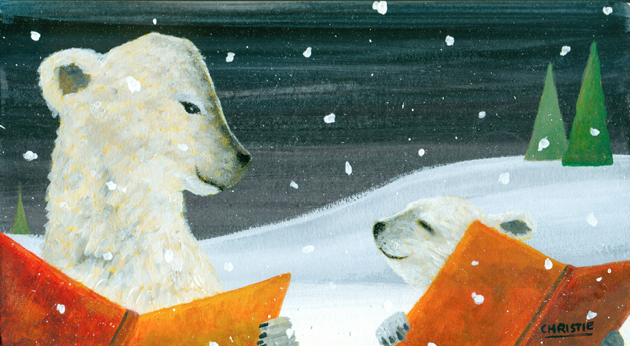
We’re delighted to feature R. Gregory Christie’s “Polar Connection” on our 2014 holiday card. Christie has been working as an illustrator for over 20 years, and has collaborated with clients like The New Yorker, Rolling Stone, The Wall Street Journal, and The New York Times… and now RIF! He is a two time recipient of New York Times’ 10 Best Illustrated Children’s Books of the Year Award, and a three time winner of the Coretta Scott King Honor Award in Illustration, among others. Two of Christie’s beautiful books, It Jes’ Happened by Don Tate and Philip Reid Saves the Statue of Freedom by Steven Sellers Lapham and Eugene Walton, have been featured in our 2013 Multicultural Book Collection.
Well, Greg’s holiday polar bear art reading got us thinking: let’s read about polar bears! Here are some of our favorites:
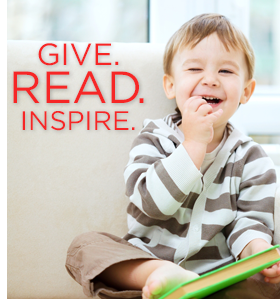 Simplify your holiday shopping by focusing on the gifts that stay with us: curiosity, imagination, the joy of reading. For the book lover on your list, for your child’s favorite teacher, for the grandparent that brought you books and taught you to love reading, a gift to RIF in their honor will help give books to the children who need them most.
Simplify your holiday shopping by focusing on the gifts that stay with us: curiosity, imagination, the joy of reading. For the book lover on your list, for your child’s favorite teacher, for the grandparent that brought you books and taught you to love reading, a gift to RIF in their honor will help give books to the children who need them most.
Every book contains a world that can be a place for exploration and for comfort. Help us open up new worlds to children across the country, and get them ready for greater adventures in the year to come.
The joy of reading is a gift that never gets old. This season, spread the holiday spirit by giving a gift in honor of a friend or family member. When you give before December 31, your gift will be matched up to $115,000 for double the cheer.
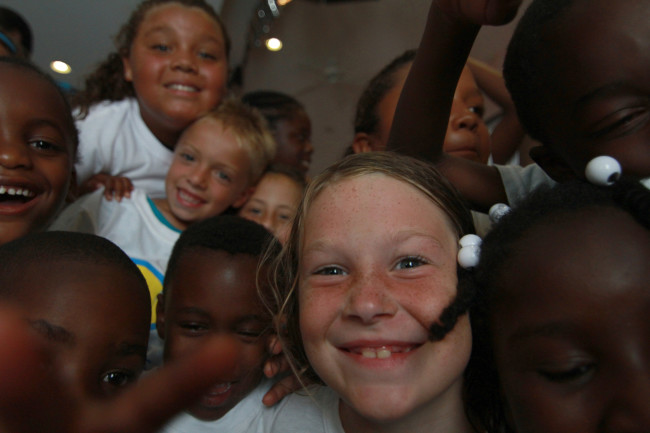
Thanks to all of you Book People, we’re happy to conclude another successful year, and gear up for our next one! By putting nearly 2 million books into the hands of the children who need them most, this year we’ve given more kids the keys to unlocking their brightest futures.
Innovative Approaches: We have just now concluded the post-testing on a two-year research study, funded by the U.S. Department of Education, to improve literacy in high-need school districts by boosting children’s reading achievement over the summer. Through the study, which emphasizes science, technology, engineering, arts, and mathematics through children’s literature, we’ve given over 760,000 books for impact to 33,000 second-, third-, and fourth-grade students in 173 schools across 16 states. And we’re collecting inspiring stories from teachers and students who are finding even more creative ways to use our books and literacy resources, from farming fun in Kentucky to beach bumming with books in North Carolina. We can’t wait to share even more stories and findings from our research in the coming year!
Power Partner: 2014 marked the 11th year of our partnership with Macy’s and our summer Be Book Smart campaign. Over the past 11 years, Macy’s customers and associates have contributed more than 10 million books for children in need, and this summer alone raised $2.6 million to go toward books for children in underserved communities.
Multicultural Movement: After releasing our seventh annual Multicultural Book Collection this year, we were delighted to see the movement catch even more STEAM with #WeNeedDiverseBooks in May.
A Seuss-y Soiree: Thanks to our many friends and supporters, our 2014 THE CAT IN THE HAT gala raised more than $600,000 in unrestricted funds.
Book Basics: True to RIF’s roots, this year we continued our classic book distributions, in which children are given the chance to select the books of their choosing to read and to keep. Some highlights from this years’ events included ZooFiesta at the Smithsonian Zoo in Washington, DC, where we gave away books and activities with State Farm; our visit to Joint Base Andrews in Prince George’s County, Maryland, serving military families; and the special students we met through the Boys and Girls Club in Dagsboro, Delaware.
Inspired Individuals: The hundreds of thousands of volunteers who dedicate their time and energy to organizing successful book distributions and finding new ways to get kids excited about reading are truly the backbone of RIF. This year, we honored three Volunteers of the Year, whose communities were thrilled to recognize their accomplishments. We were proud to see those same volunteers profiled as part of American Graduate Day, a broadcast highlighting how community organizations can keep kids on the path to graduation.
This year for the holidays, invite some classic characters into your home. Have the kids in your life met Mr. Tumnus, who grows so tired of Narnia’s everlasting winter? Have you warned them about the Cat in the Hat’s penchant for pink snow? Here are our picks for embracing winter with books:
For #GivingTuesday, give back with books. Join us in bringing the joy of reading to the children who need it most.
Samantha Vamos — RIF friend, children’s picture book author, and parent — guest blogs about the bond reading creates between parent and child.
 As a parent and children’s picture book author, I read children’s books every day. I read picture books and chapter books to improve my writing and keep current with what is being published, but also because I truly enjoy reading them. Most importantly, however, I read because of the bond that reading has created with my son.
As a parent and children’s picture book author, I read children’s books every day. I read picture books and chapter books to improve my writing and keep current with what is being published, but also because I truly enjoy reading them. Most importantly, however, I read because of the bond that reading has created with my son.
From the beginning of his life, words have enveloped him. While he was in my belly and merely a few weeks from birth, I sometimes read aloud to him. When I read silently to myself, I imagined the words swirling around my brain flowing through my blood stream and into his, our lives connected. After he was born, when he was only a few days old, it didn’t matter to me if I read a children’s book or my husband read The New Yorker or Sports Illustrated to our son. I just wanted him to hear our voices articulating words over and over again.
My son is now seven and although he reads books on his own, we continue to read together each day. Reading to and with my son is one of my favorite rituals and a simple pleasure we share. I look forward to the moment when we become immersed in a story, his attention fully engaged. My playful, active son winds down, enticed by hearing about a farmer who photographs snow crystals, finding no two alike; a princess who uses her intellect to defeat a fire-breathing dragon; “star-bellied Sneetches” and “plain-bellied Sneetches”; a cane-carrying mouse that retrieves his mother’s wedding ring from a bathtub drain; the friendship between a librarian and a library lion; a farm maiden, farmer, and five farm animals that stir a pot and create a surprise recipe together*; and so much more. The characters, topics, and plots are endless; invariably, comment or discussion ensues. My son often asks the meaning of words, and I hear him incorporate new words learned into his speech. A broad vocabulary helps him understand new and complex concepts and ideas.
Listening to stories contributes to the development of his imagination—life is so much richer when enhanced by creativity. Reading has also built his attention span and that’s a skill necessary for learning. At its core, reading is an opportunity for us to connect over words spoken and emotions evoked. Sometimes, in relation to a story, my son explores feelings or tells me something that occurred at school. I listen carefully, grateful that hearing a story resulted in unexpected revelations and disclosure.
Where do we read? Everywhere. My husband and I take turns reading to our son during part of meals. In his bedroom, we cozy up in a chair that I have deemed “our reading chair.” We read before sleep, on airplanes, and on the occasional bus trip. When we’re out for an excursion, I typically wear a backpack allowing me to carry not only crayons and paper but also a book. One afternoon as we waited for pizza at a restaurant, I began reading a book. When my son noticed a young girl in the booth next to us straining to hear, he urged, “Read louder, Mommy.” I did and shortly thereafter, with her parent’s encouragement, the young girl temporarily joined us in order to better see the illustrations. The company delighted my son. With two pages remaining, our pizza finally arrived, yet neither child lifted as much as a finger, preferring to wait to hear the story’s end.
Books in our home come from both libraries and stores. We visit the library almost every week—we typically have between five and fifteen library books scattered throughout our home. At the age of four and a half, my son was as overjoyed about obtaining his own library card as he was about receiving a new Thomas the Tank Engine train for his birthday. In fact, his excitement about the library card lasted far longer. The card is attached to a small, bungee cord; for quite some time, he proudly showed it to all his teachers and anyone who visited our home. Of course, the card was a sign of his independence and that held special meaning for him. He can select books all by himself and his pride is evident when a book he chooses turns out to be one we especially like.
When we discover a book we love, we record the title as a reminder to purchase it. We celebrate with books as gifts for most if not all holidays. In our home, our son understands that Santa Claus, Cupid (for Valentine’s Day), the Easter Bunny, and the Tooth Fairy all appreciate written requests for books (which has turned into terrific opportunities to practice writing). That is not to imply that toys, chocolate, jelly beans, or money are excluded from the latter-mentioned holidays, but books are important and included.
Birthdays are occasions for books as well. On my son’s first birthday, I began a tradition I intend to uphold all his life. In addition to other gifts, I give him a book. Although the books I’ve selected are not necessarily age-appropriate, they are books I want him to have in his personal collection. On his first birthday, he received “The Little Prince,” by Antoine de Saint-Exupéry. On his second birthday, I selected a childhood favorite of mine: “Where the Sidewalk Ends,” featuring the poems and drawings of Shel Silverstein. For his third and fourth birthdays, respectively, he received Harper Lee’s “To Kill A Mockingbird” and a hardback version of Brian Selznick’s highly illustrated novel, “The Invention of Hugo Cabret.” For his fifth birthday, I gave him L. Frank Baum’s “The Wonderful Wizard of Oz: 100thAnniversary Edition.” For his sixth birthday, he received a box set of the seven paperback volumes of J.K. Rowling’s “Harry Potter” series. I inscribe each book with a note and the specific birthday that the book commemorates; then, I store the book in our son’s bookcase or on one of my bookshelves.
Even when my son enjoys reading on his own, I will continue to look for stories to read and share with him. I want to foster our reading bond as long as possible. My mother not only read chapter books to me when I was reading on my own but also created individual stories for my sister and me. Before bedtime, my mother sat by my sister’s bed and, later, mine in order to share chapter installments. My sister’s story featured a ladybug and her children. My story concerned the adventures of a miniature fairy. Closing my eyes, listening to my mother’s soft voice, I imagined the fairy and her exploits. After school, homework, dinner, and chores, hearing a story before falling asleep was a soothing, gentle way to enter the night. I cherish those memories and I know that experience sparked a desire that later grew into a passion. I began to dream about becoming an author. Eventually, I wrote stories and, many years later, I published one of them.
Now, when at school or library presentations for my children’s picture books, I enjoy telling children that I composed my first story at the age of three. For a few seconds, eyes widen in amazement until I clarify what really happened. At that age, my mother encouraged me to make up stories and tell them to her. Without influencing subject, grammar, or length, she typed the stories exactly as I told them. My first story, “The Red Hen” (circa 1967), is only several lines and rife with grammatical errors, yet the freedom to create, uninterrupted by correction, allowed my thoughts to flow. My confidence as a beginning storyteller began to build.
I have similarly encouraged my son to practice storytelling. His first, formal attempt is titled “The Run Away Coconut” and consists of nine sentences. Whether storytelling becomes his passion is not important to me. I just want him to experience the process in a pleasurable, relaxed way just as he enjoys our reading together.
While I find our reading “connection” to be gratifying in and of itself, I also know that reading each day produces a substantial gift – that of literacy. It is well established that children who are read to are more likely to read earlier, stay in school, succeed in school, and pursue higher education, which has its own benefits and rewards.
As parents and caregivers, we are in a unique position to promote and support literacy. As I read with my child, I know I’m giving both him and myself intangible, lifelong gifts – a unique literary bond with memories that may be refreshed each time he reads a certain story; an aptitude for and interest in reading; and, most importantly, the knowledge that he can and will succeed – in school and, I believe, elsewhere in life.
Samantha R. Vamos is author of the 2010 Washington State Book Award Winner, Before You Were Here, Mi Amor (Viking Children’s Books, 2009, illustrated by Santiago Cohen) describing all the things one family does to welcome a new child into the world; The Cazuela That The Farm Maiden Stirred (Charlesbridge, February 1, 2011, illustrated by Rafael López) – a “House That Jack Built”– inspired tale in which five farm animals each contribute ingredients to the cazuela (“pot”) that the farm maiden stirs, and Alphabet Trucks (Charlesbridge, Fall 2013), a rhyming, alphabet book about twenty-six different trucks and how they serve their communities. http://www.samanthavamos.com
*The Paper Bag Princess by Robert Munsch, illustrations by Michael Martchenko (Annick Press, 1980); Snowflake Bentley by Jacqueline Briggs Martin, illustrations by Mary Azarian (Houghton Mifflin Company, 1998); The Sneetches and Other Stories by Dr. Seuss (Random House, 1961); Stuart Little by E.B. White (Harper Trophy, 1945); Library Lion by Michelle Knudsen, illustrations by Kevin Hawkes (Candlewick, 2006); and The Cazuela That The Farm Maiden Stirred by Samantha R. Vamos with illustrations by Rafael López (Charlesbridge, February 1, 2011).
Reading Fun Photo Recap
On Thursday, October 23, several members of RIF HQ attended a very special Reading Celebration at Joint Base Andrews in Prince George’s County, Maryland, a short drive away from our DC offices.
“It’s RIF – I know RIF!”
“Is Kareem here?”
“I know who Kareem is. He’s an author!”
Finishing their after-school snacks and then filing into the gym past tables of books, most of the kids at Joint Base Andrews had some idea of what they were in for. Many remembered our reading event last year with Kareem Abdul-Jabbar, award-winning author and the NBA’s all-time leading scorer.
RIF’s Vice President of Literacy Services Dr. Judy Cheatham kicked off the event and got the kids pumped up to meet not just one, but TWO famous people! Our special guests for the event were celebrated author Cynthia Leitich Smith and renowned illustrator R. Gregory Christie.
Cynthia is a New York Times best-selling author of fiction for children and young adults. Her story Jingle Dancer, about a young Muscogee (Creek) girl who wants to honor family tradition by dancing at the next powwow, was featured in our 2011 Multicultural Book Collection and continues to be one of our favorites!
In addition to books like Jingle Dancer and Indian Shoes, in which she tells the stories of modern children and families with Native American heritage, Cyn loves to write all kinds of funny and fantastical fiction (and yes, that sometimes includes werewolves!).
With Cynthia, herself a graduate of the University of Michigan School of Law, the kids learned about all different kinds of storytelling: telling stories about what you know – your own life, where you grew up, and the people around you; stories about wonderful made-up things, like superheroes in comic books or supernatural creatures; even stories in a courtroom, where lawyers present two different versions of one tale.
After speaking with Cynthia, the kids heard from Gregory, who showed them new ways to tell a story.
Greg’s first question to the kids was whether any of them liked reading. One enthusiastic girl shouted, “I love to read! I was born to read!” – just the kind of answer we at RIF LOVE to hear!
 R. Gregory Christie may be a self-proclaimed shy guy who used drawing instead of talking as a way to express himself as a young boy, but he had every child jumping to answer his questions and contribute to their collective illustration.
R. Gregory Christie may be a self-proclaimed shy guy who used drawing instead of talking as a way to express himself as a young boy, but he had every child jumping to answer his questions and contribute to their collective illustration.
What started as a drawing of a rainbow became a pot of rainbow-colored gold on a boat heading to a distant land. When asked, “How much money do you have?” by one curious youngster, Greg didn’t hesitate to answer: “All the money in that pot of gold!”
Greg has illustrated over 50 books, and collaborated with clients like The New Yorker, Rolling Stone, The Wall Street Journal, The New York Times, and the Kennedy Center, to name a few. He operates a children’s bookstore, where he holds workshops and classes and encourages children and adults to express themselves through drawing and painting. He’s traveled the world doing art, and made sure to teach the kids at Andrews some important geography. Particularly, the capital of Malaysia… do you know what it is?
Kuala Lumpur.
After getting to know Greg and Cynthia, all of the kids selected one book by each of them to take home and keep for themselves. The books were Jingle Dancer and Indian Shoes, written by Cynthia Leitich Smith, and It Jes’ Happened and Philip Reid Saves the Statue of Freedom, illustrated by R. Gregory Christie (and featured in our 2013 Multicultural Booklist). They also picked up our activity sheets to get the most out of each book, along with a RIF bookmark, bracelet, and backpack to keep their books safe and clean.
We had a blast with Gregory, Cynthia, and the kids at Andrews – and looks like they did, too!
Next to the candy, the fun of Halloween is all in dressing up. For kids and grown-ups alike, Halloween is a day to try on a different or future life—or simply get goofy. Here are some ideas for easy costumes inspired by great kids’ books. Read the book before making the costume to familiarize your child with the story line and get them excited; then, read it again in character for the full experience.
It is with deep sadness that we announce the loss of Loretta A. Barrett, a founding member of RIF and president of Loretta Barrett Books Inc. Loretta served as Secretary of the Board and as a member of the Executive Committee from 2009 to 2013.
Before embarking on her successful publishing career, Loretta taught in a Philadelphia high school where she saw first-hand the need for interesting, high-quality reading materials. When RIF founder Margy McNamara approached Loretta in her position as an editor at Doubleday & Company, Loretta immediately perceived the value of RIF’s mission and leapt at the opportunity to persuade publishers to offer book discounts to RIF.
Loretta brought tremendous passion and drive to the organization for nearly 50 years, always keeping at the forefront the goal of better books for children. Margy McNamara Pastor, daughter of RIF founder Margy McNamara, recalls Loretta as “a woman who enhanced thousands of children’s lives. She was one of those special people that enrich all of us.”
A mass will be held at 10am on Tuesday morning, October 14, at the Church of St. Francis Xavier, 46th West 16th Street, New York, NY and a celebration of her life will be held at a later date. In lieu of flowers, it was Loretta’s wish that memorial gifts be made to Reading Is
Fundamental.
What’s on Principal Steve Carroll’s schedule? In between the work that keeps every principal busy, he also has harvesting peppers with the kids penned into his calendar — and that’s an appointment he’s not going to miss.
This is all happening at Southside Elementary in rural Lee County, Kentucky. Southside serves 200 children, 86% of whom qualify for free and reduced lunches, and is one of the 173 schools participating in our Summer Reading Success program. Through partnerships with the local 4-H and the University of Kentucky, Southside students are also involved in two programs that allow them to see first-hand how food is cultivated and where it comes from. And now their teachers are connecting these lessons to math, science, and reading using their RIF books.
Teachers across the country are doing more than we could have imagined to engage kids in learning using the tools we’ve given them. We’ve talked a bit about our Summer Reading Success program and the elements that make it unique and effective: resources for parents, trainings for teachers, multicultural book collections for 2,800 classrooms, and, of course, tables full of books for kids to choose from and keep for themselves. But there’s even more than that going on in these schools.
On Southside’s campus, elementary school students are growing cherry tomatoes and peppers right outside the cafeteria window, then learning to make salsa with them and seeing their very own veggies appear in the lunch line. Parents are getting involved, too. After all, “When you’ve got thirty kindergarteners making salsa, a few extra hands are always good!” Principal Carroll told us, laughing.
The second program, part of a research project by the University of Kentucky, is connecting the school to local farmers and their goods. Following from the idea that children who understand where their food comes from will eat more of it, the project involves filling the cafeteria with fresh fruits and vegetables from local farmers, as well as taking students out to visit the farms where their food is grown.
And it doesn’t end there. Southside teachers have taken the opportunity to bridge these programs with other areas of learning using the multicultural collections we’ve given them. Books like No Monkeys No Chocolate, First Peas to the Table, The Patchwork Garden, How Did That Get In My Lunchbox?, and Grandpa’s Garden all include themes of gardening, nutrition, and eating food you’ve grown yourself. Using our activities, students learn about growing food before their trips and harvests, and can practice math skills of measuring and estimating, all while strengthening their reading skills. If you’re gardening with your little one, you can do the same thing! Download our activity sheets to use with the books for related vocabulary, math exercises, and questions to get kids really thinking, and stay tuned for more ideas on how to use children’s books to teach content and keep it fun!
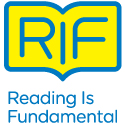

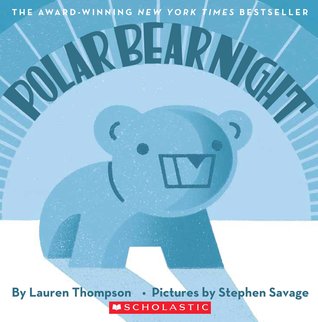
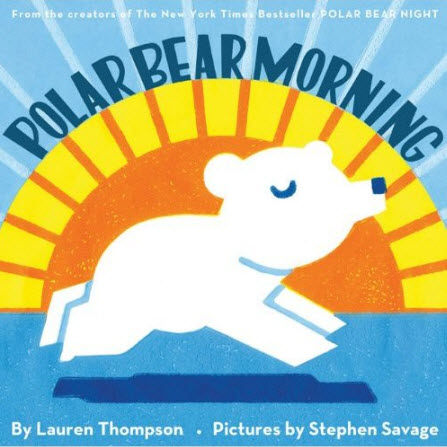
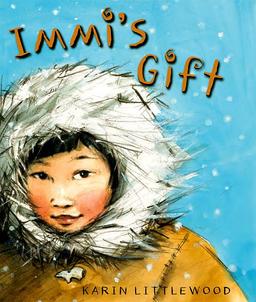
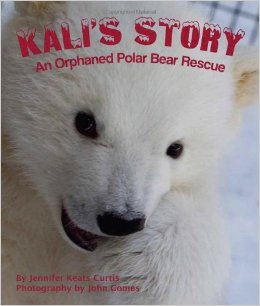
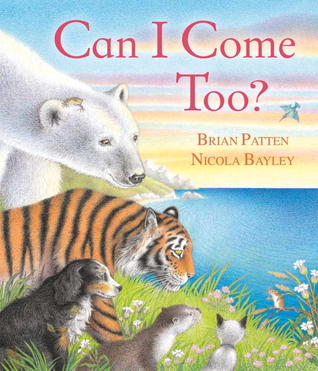
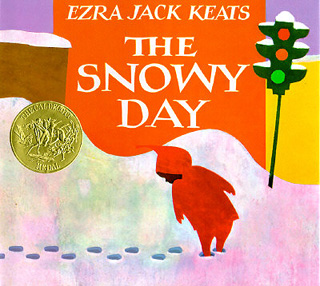
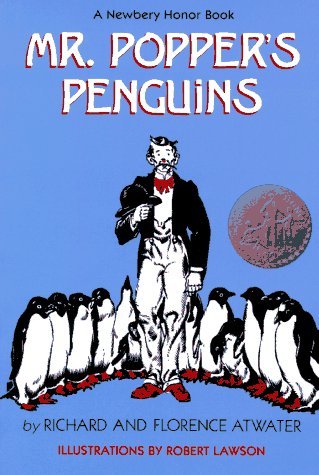
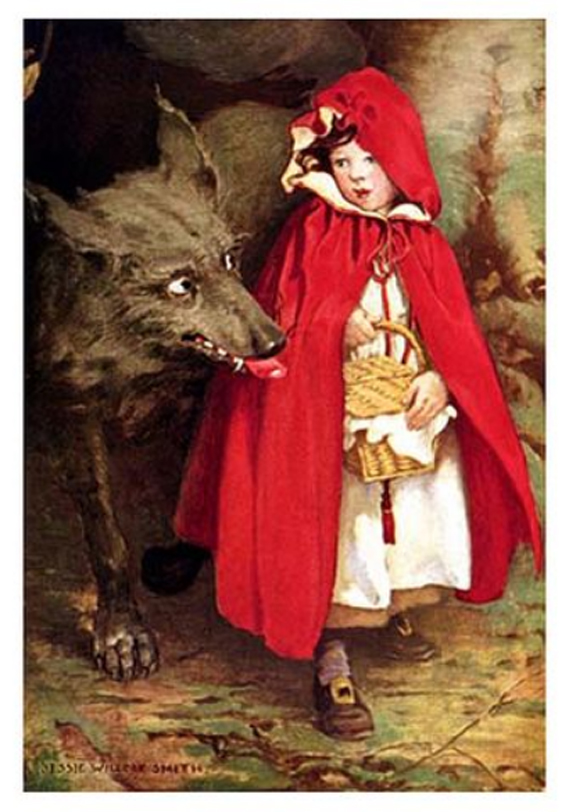
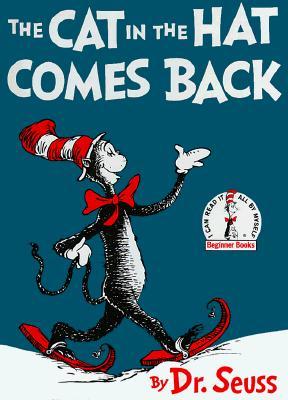
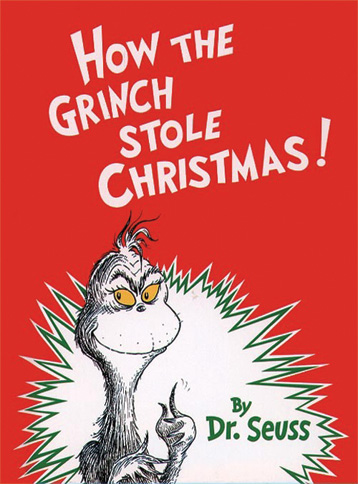
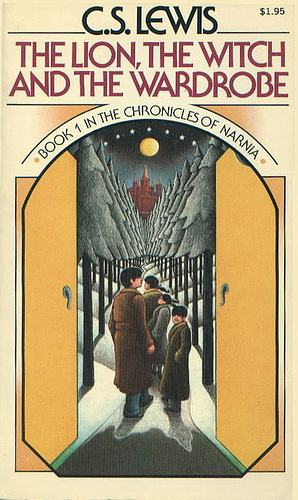


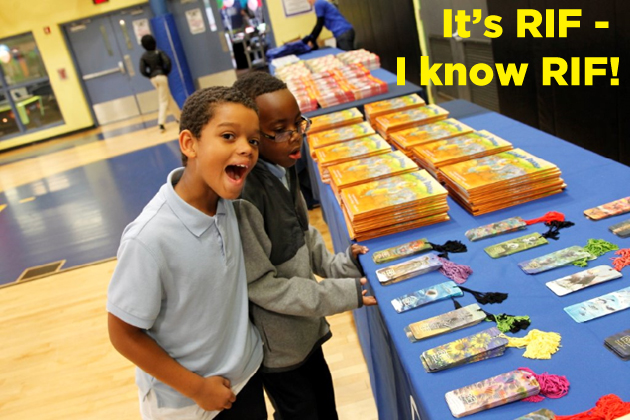
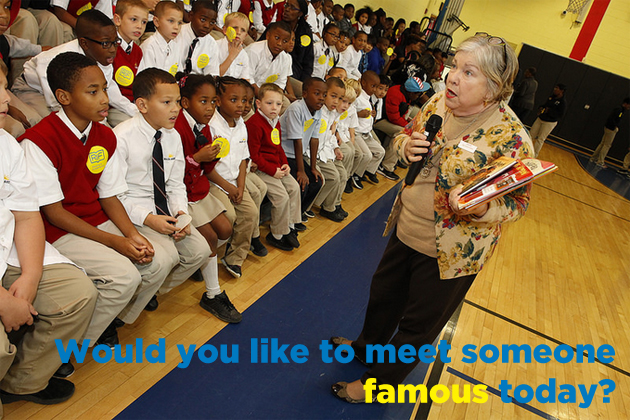
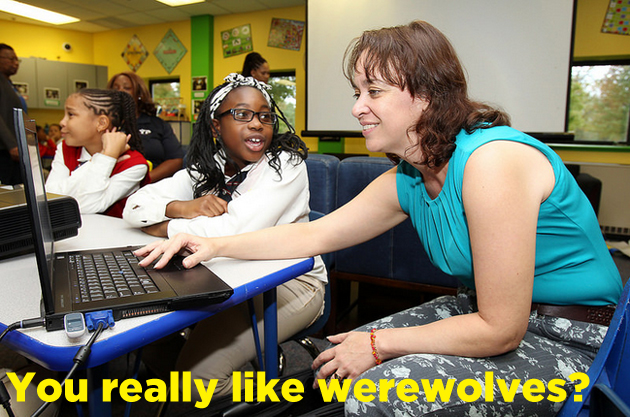
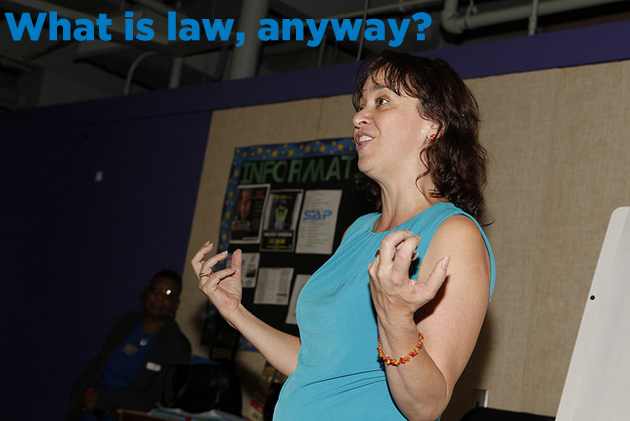
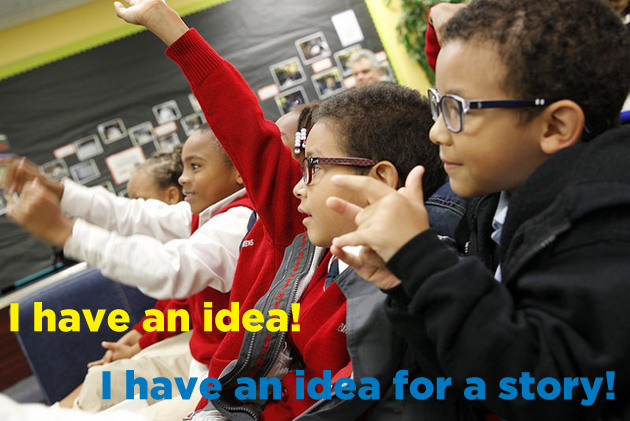
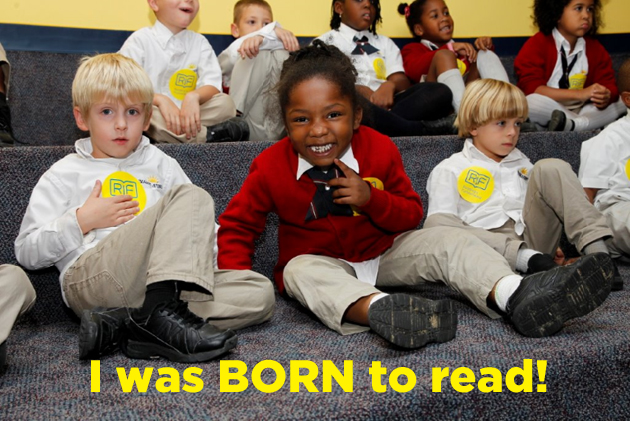
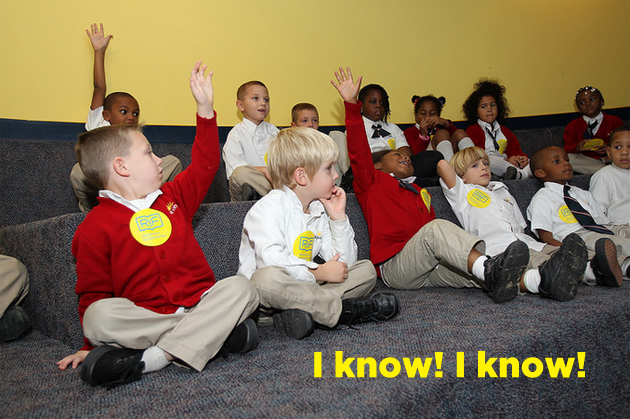
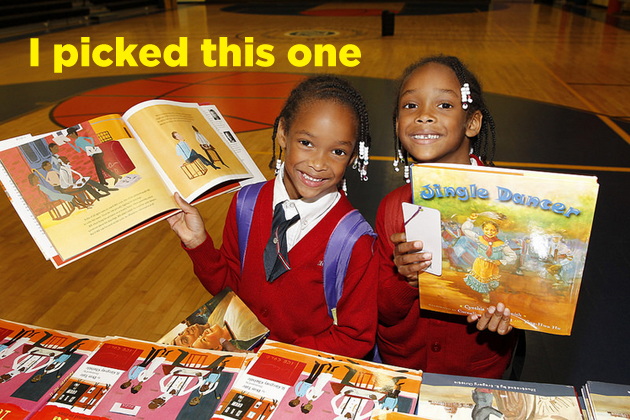
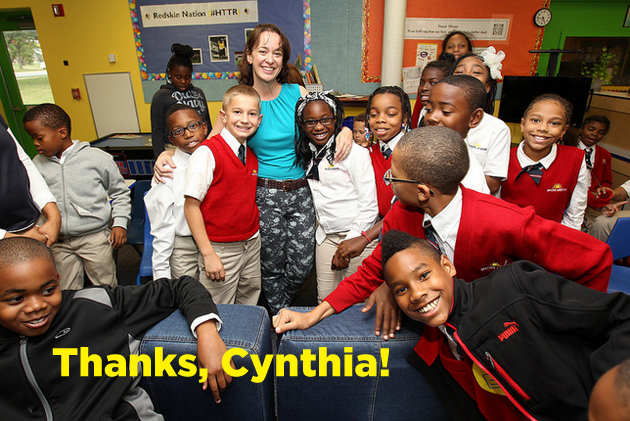
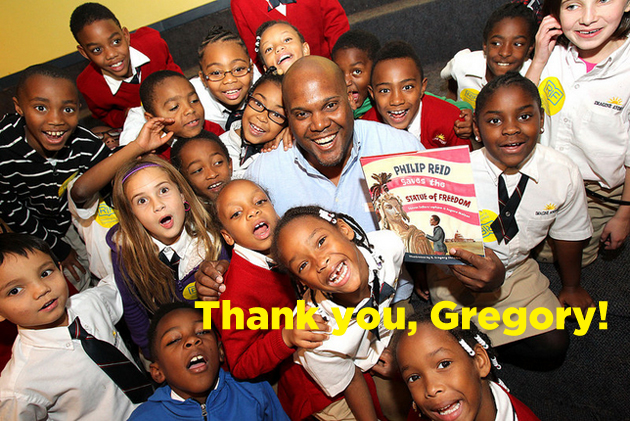

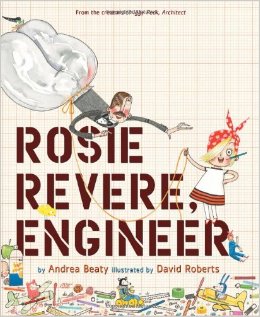

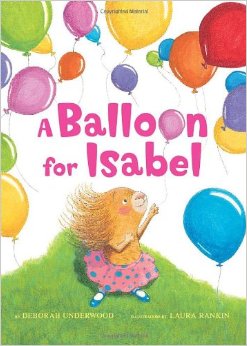
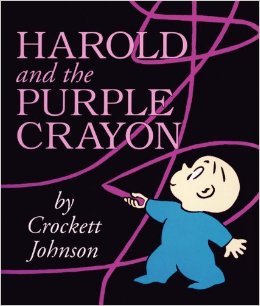
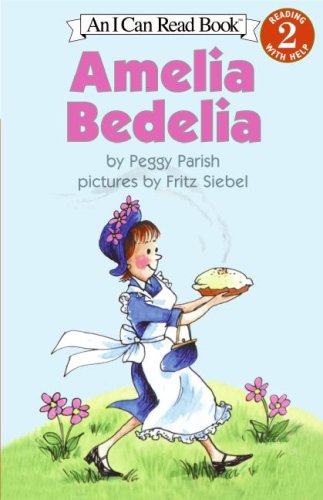
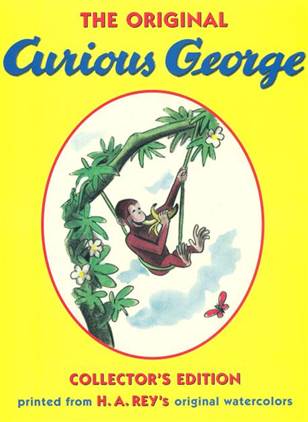
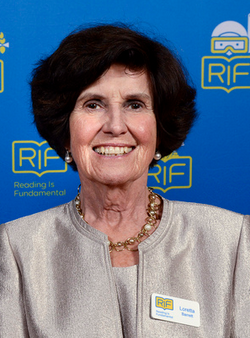
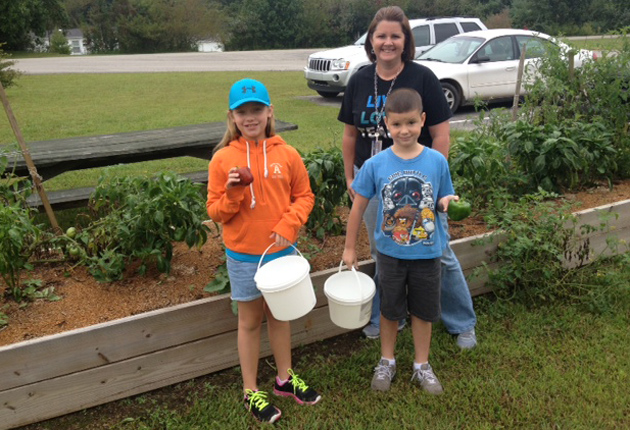
Follow Us